
Having a VoC programme is not just listening to customers and monitoring performance. A mature programme enables you to continuously improve, driving business performance in return. So how do you move up the maturity curve?

As part of my job, I work with organisations and help them improve and mature their Voice of Customer (VoC) programmes. This is so they can better understand and continuously improve customer experiences (CX) and ultimately drive business performance.
The question of “Why is it important to mature your programme?” often comes up.
If we want to understand why that’s important, we need to look at what drives maturity, and the impact a mature VoC programme has on your wider CX practice and business performance.
So, let’s look into it.

Mature means fully developed. In our case it should be more of a maturity journey. What “advanced” looks like keeps changing as technology creates new opportunities and pushes boundaries, creating a moving target.
We're now able to access and analyze data that we previously didn’t have the means to utilize. In the case of VoC, technology has become a key enabler to drive programme maturity and overall CX success.
Maturity can broadly be defined into 3 phases: Beginner, Mature and Advanced. You can break it down even further, but I like the simplicity of 3 phases.
What’s really interesting here is that:
“tenure doesn’t drive maturity”
i.e. just because you have a programme for a number of years doesn’t mean you’re moving up the maturity curve.
So, if it’s not tenure related, then what drives maturity?
There are several key factors that help move you up the VoC maturity curve: Strategy, technology & data, and internal enablement & customer centricity (culture).
All factors weave through the stages of the maturity curve (Beginner, Mature and Advanced).
Let’s dive into them:
In the “Beginner” phase:
Most organisations are actually in this phase, even though they might consider themselves mature based on tenure.
If you’re downloading an excel file to read through customer verbatims, it’s a safe sign you’re not as mature as you think you are!
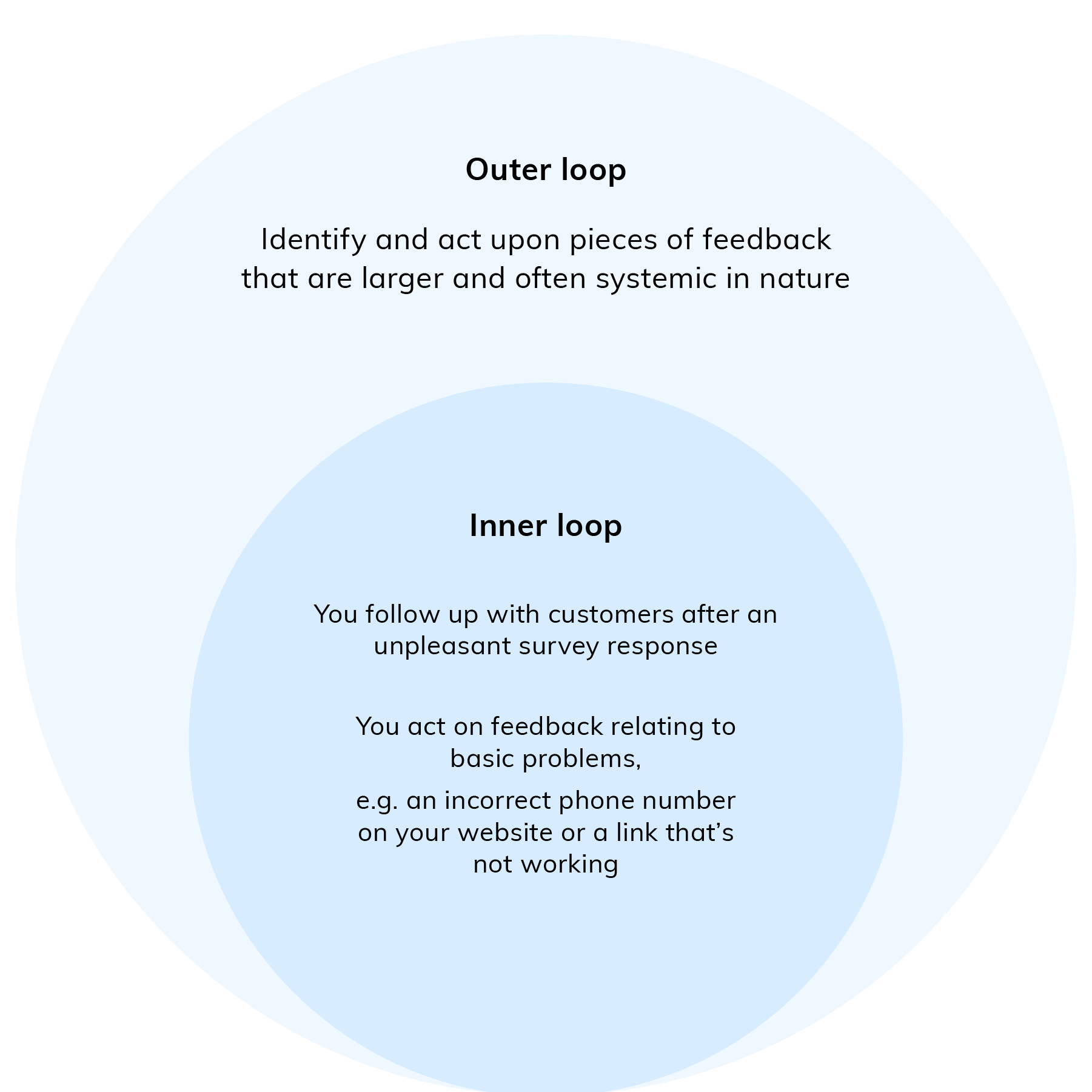
In the “Mature” phase:
In the “Advanced” phase:
Very few organisations currently sit in this phase due to its data analytics and technology requirements, as well as the culture aspect.
What’s important to remember is that technology alone can’t drive maturity. Likewise, people or strategy alone can’t help you mature your programme. All three factors need to come together to ensure success.
In terms of our success factors, moving up the maturity curve means:
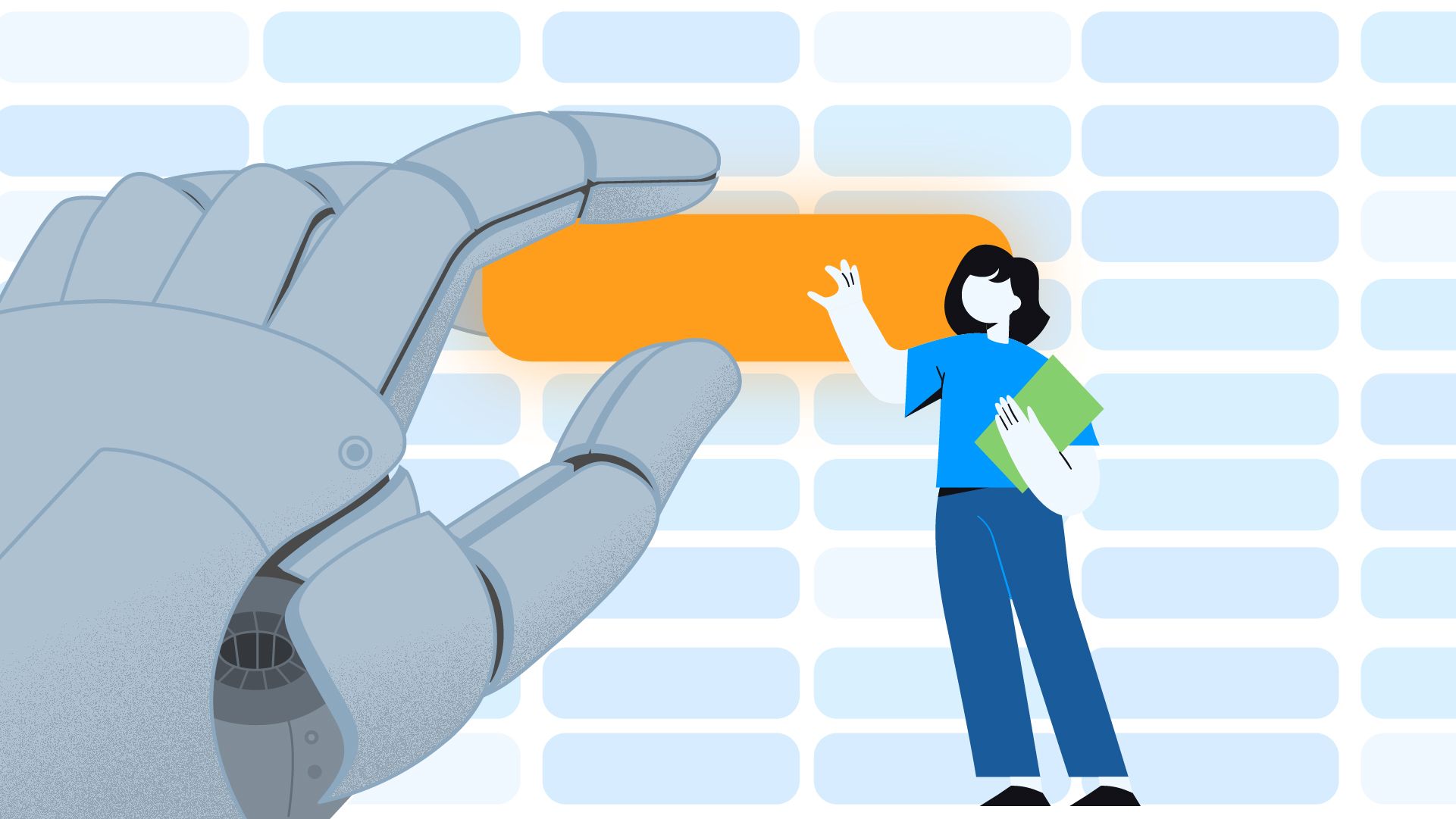
So now that we know what drives maturity, let’s discuss why it’s important to invest in maturing your programme.
Maturing your programme and investing in technology and your CX / VoC strategy enables you to use customer feedback to reduce churn, drive loyalty and retention, and iron out inefficiencies to improve cost to serve.
Hence, you’re driving a positive impact on your business performance and bottom line while improving the customer experience.
Even a minor improvement to the customer experience can add large value in terms of revenue if applied at scale.
Firstly, it’s important to consider feedback sources beyond surveys alone to listen to a broader customer base, gain greater context and improve the quality of your insights. With better insights comes better decision making that drives business performance improvements.
Survey data alone only tells you so much. Relying solely on survey feedback means you hear from maybe 5% of your customers. You only hear feedback on questions you ask, to surveys you sent out, and from those who actually respond to your survey. Not to mention decreasing email open rates and survey response rates.
Maturing your programme to integrate other data / feedback sources, such as content centre data, social media, CRM data, etc. gives you a much wider reach and enables you to listen to a considerably larger number of customers.
It means the feedback you receive and the data you can work with, provides a more accurate picture of the experiences your customers have with you. Which in turn improves the quality of business decision making and the actions you take.
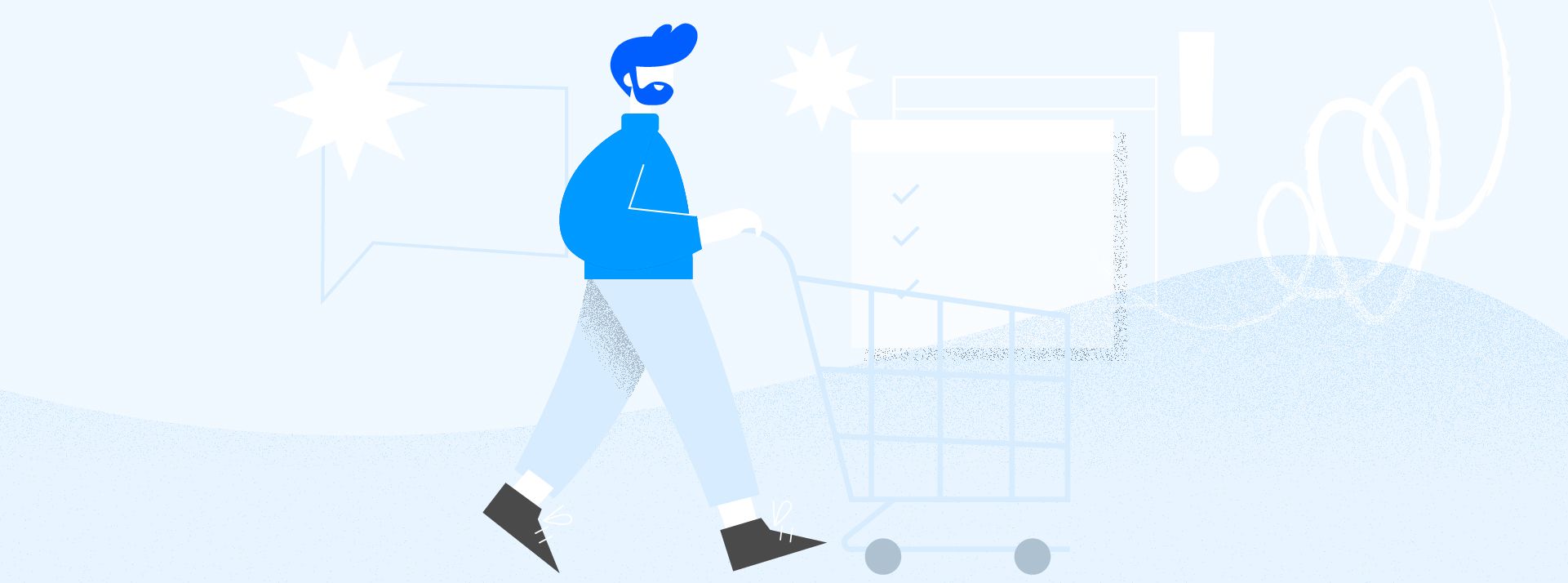
Secondly, with customer expectations continuously on the rise, it is ever more important to truly listen to and understand your customers to remain relevant and competitive.
Technology enables you to step up your game, and with the right strategy in place you’ll leap ahead of the competition and exceed customer expectations.
A great example of this is AI-driven text analytics solutions. With the right solution in place you can:
The quality of modern text analytics solutions enables you to drill down on customer experiences beyond “poor customer service”, so you can identify root causes that create friction in the customer experience.
Thirdly, you need to have a strategy in place to be able to uncover opportunities, act on them, and showcase ROI to your stakeholders.
Setting up an Insights to Action framework enables you to act on the quality insights you've gathered.
The “acting” piece is crucial here; without it you only ever listen to feedback and monitor performance. You can't drive business performance without taking any action.
Enabling your employees and stakeholders to drive the voice of the customer through the business, and not only improve the CX but also your bottom line, drives a culture of customer centricity that in turn positively reflects on your CX.
Once you’ve embedded an Insights to Action framework in your organisation, you can start demonstrating ROI for your CX initiatives, enabling greater buy-in from your leadership team and C-Suite.
This enables you to further invest in your programme to continue to move up the maturity curve and continuously push customer experiences to greatness.
I suppose the question now is, how do you get to a more mature stage?
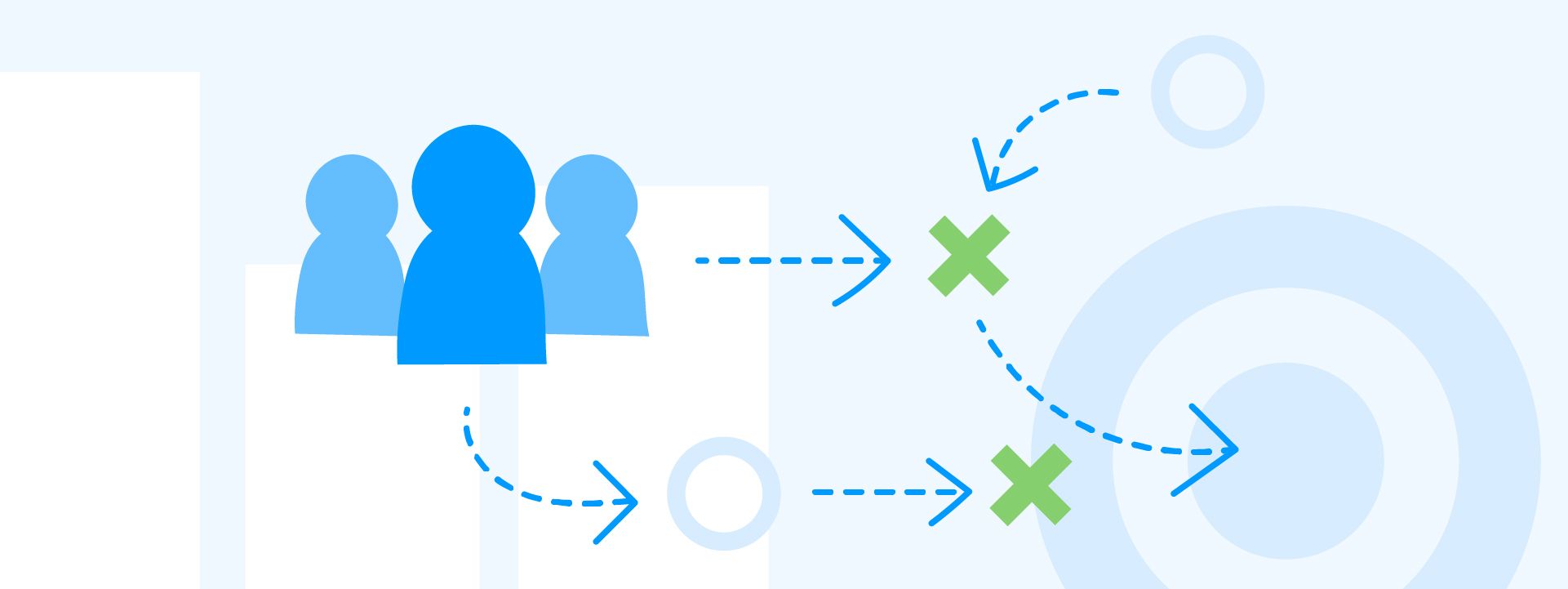
If you want to mature your programme, you need to understand where you’re currently at (your maturity level) and where you want to move towards.
When deciding on your goal (future state), ensure that you have a strategy in place for your programme:
Creating a roadmap is a really valuable exercise to map out exactly what needs to be done (via milestones) and align it to a timeline to hold yourself accountable.
A maturity assessment can help you determine your current maturity level, and based on your organisation’s needs and capabilities, you can decide how far you’d like to take it.
A roadmap is hugely beneficial as it outlines the steps you must take to get from where you currently are to where you want to get to.

There are a lot of “quick fixes” in particular for organisations in the “Beginner” phase of maturity.
Setting your foundation right, or reviewing it via a programme review, can be an easy first step and it enables the growth of your programme.
A programme review includes things such as your programme design, survey types and metrics, the technology you use, etc.
During a recent programme review I undertook for a client, we noticed that all their surveys used key metrics in slightly different ways. They had slightly different question wordings, answer options or different scales. By tidying up and aligning all key metrics we enabled a company wide view of performance (CX) across all surveys, which was previously not possible. Comparing “apples with apples” enabled us to consolidate CX data and understand the customer journey holistically, not just by specific survey / department.
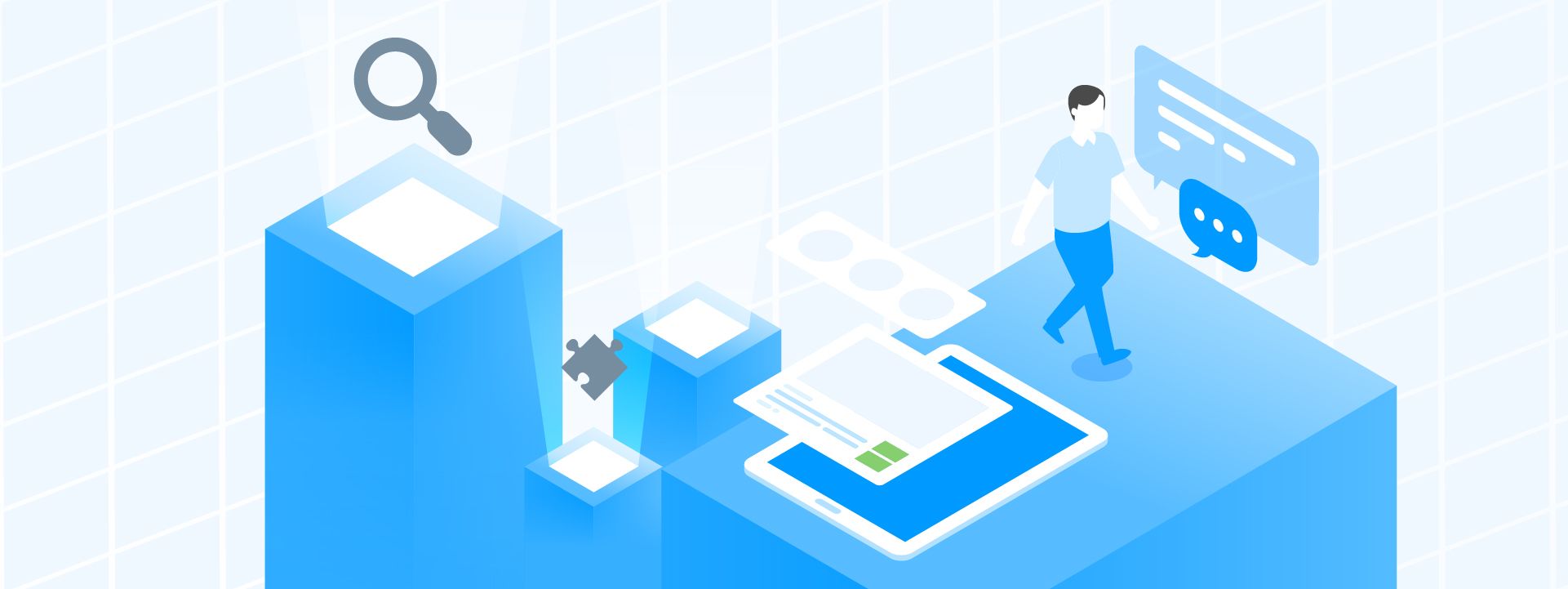
If you want to move towards the “Mature” stage, technology starts to play a key role. You need to be clear about what you want to achieve (strategy) and choose the right technology to enable you.
While technology is a huge driver for maturity, it is important to see technology as an enabler of your strategy, and select the right platform or vendor based on your needs, not the other way around.
For example, if you’d like to drive the democratization of your customer insights through the business to enable stakeholders to act on the data, you need a platform that can help you set up alerts and build specific dashboards depending on stakeholder needs.
These days many “users” are business stakeholders, rather than data analysts, and you may need the technology to visualize data in a way that’s easy to understand for non-data savvy people.
Likewise, if you’re at a stage where you are looking to incorporate feedback sources beyond your traditional surveys, you will need a provider that can collect and analyze that type of data, which is often unstructured in nature.
Unstructured data from your call centre or social media platforms is again different in nature to your survey verbatims. In order to make sense of all this information you need a technology solution that enables you to analyze and visualize the data and convert it into meaningful and easy to understand insights.

With the right strategy and technology in place to generate high quality insights also comes a greater need to act on those insights. So having processes and frameworks around Insights to Action is key.
Spending time on designing and implementing a thorough Insights to Action framework to enable your programme’s and organisational CX success becomes crucial.
Fundamentally, the purpose of having a VoC programme, and listening to your customers, is not just to monitor performance; the purpose is to enable you to maintain and continuously improve customer experiences, driving business performance in return.
As you move up the maturity curve you become more advanced on your expertise and capability to act on your customer’s feedback.
While you may start off with “closing the loop” with customers, i.e. getting back to them on an unpleasant experience to make them feel valued and resolve their individual issues, you start to look into root causes and tackle those to avoid those friction areas reoccurring for other customers.
As you mature, you also start to look at more systemic issues, such as company wide technologies, processes or culture that creates friction for your customers. Tackling those systemic issues (Outer Loop), requires the customers to have a “seat at the table” and often a culture shift to becoming a more customer centric organisation that prioritises customer driven initiatives amongst other business priorities.
Moving through the stages of your Insights to Action Framework you drive a customer centric mindset by sharing customer stories, empowering teams to see and understand the impact they have on the customer (democratising data), and putting processes and frameworks in place to help staff to drive your desired experiences.
If you have any questions or would like to discuss the topic of maturing your VoC programme in more depth, do let me know. I’m here to help.
Melanie Disse is an expert in customer experience and research. Her passion lies in CX strategy, customer feedback programs, and data-driven intelligence. Melanie runs a CX & VoC strategy consulting firm in Auckland, called Melanie Disse Consulting.
Join the newsletter to receive the latest updates in your inbox.